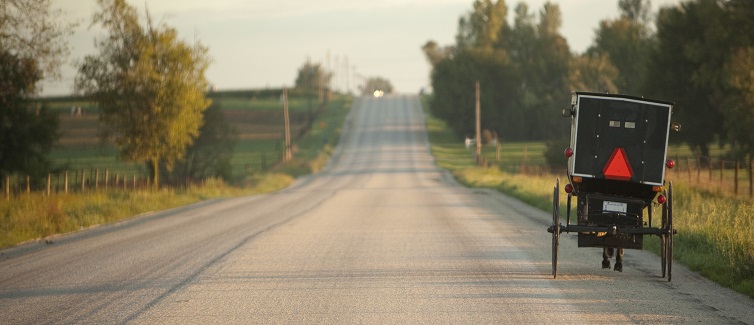Post Updated March, 2021
Crigler-Najjar syndrome is a rare hereditary condition that often affects children from Amish and Mennonite families. Only 100 cases have been recorded.
Crigler-Najjar syndrome occurs when high levels of bilirubin are in the blood. Bilirubin, a brownish yellow waste product found in bile, is created when the liver breaks down old red blood cells.
Normally, the liver works to convert bilirubin and remove it from the body. For children with Crigler-Najjar syndrome, the toxic bilirubin is left in the body, causing the child to become very sick.
Through a collaborative approach, UPMC works with partner hospitals to coordinate complex transplant surgery and pre- and post-surgical care for patients who need it most. Learn more at the UPMC Complex Care Connect™ program website.
Never Miss a Beat!
Subscribe to Our HealthBeat Newsletter!
Thank you for subscribing!
You can now select the specific newsletters you'd like to receive.
You are already subscribed.
Subscribe to more newsletters in our email preference center.
Sorry, an error occurred. Please try again later.
Get Healthy Tips Sent to Your Phone!
Types of Crigler-Najjar Syndrome
Doctors recognize two types of Crigler-Najjar syndrome:
- Type I: These patients are missing an important liver enzyme called glucuronosyl transferase. This form of Crigler-Najjar syndrome can be life-threatening.
- Type II: These patients have much milder symptoms because the liver enzyme is not missing but is severely limited.
Signs and Symptoms for Crigler-Najjar Syndrome
The most noticeable symptom of Crigler-Najjar syndrome is jaundice, or when a child’s eyes and skin take on a yellow tone. Other symptoms include:
- Stomach pain
- Diarrhea and vomiting
- Fever
- Confusion
- Slurred speech
- Difficulty swallowing
- Seizures
Treatments for Crigler-Najjar Syndrome
The most common treatment for Crigler-Najjar syndrome is phototherapy. This is when a child’s skin is exposed to a very bright LED light, similar to a tanning bed.
This light breaks down bilirubin so that it is no longer toxic. While helpful, phototherapy is a tedious process requiring many hours of therapy each day.
The other treatment option for Crigler-Najjar syndrome is a liver transplant. Because the new liver can convert bilirubin and remove it from the body, this can be a life-saving solution.
To learn more about becoming a living donor, visit the Liver Transplant Waiting List.
Why Living-Donor Liver Transplantation?
During a liver transplant, a child’s damaged liver is replaced with a healthy liver from a deceased person or a piece of a healthy liver from a living donor.
Unfortunately, the wait for a transplant from a deceased donor can take years. A living-donor liver transplant can eliminate the wait for children with Crigler-Najjar syndrome.
During a living donor transplant, a piece of liver from a healthy adult is removed and transplanted into a child in need.
A living donor must be:
- Between the ages of 18 and 55
- In general good health
- Have an unselfish desire to contribute to another person’s life in a healthy way
By becoming a living donor for a child with Crigler-Najjar syndrome, you can help to reduce the transplant waiting list and give that child a second chance at life.
About Transplant Services
For more than four decades, UPMC Transplant Services has been a leader in organ transplantation. Our clinicians have performed more than 20,000 organ transplant procedures, making UPMC one of the foremost organ transplant centers in the world. We are home to some of the world’s foremost transplant experts and take on some of the most challenging cases. Through research, we have developed new therapies that provide our patients better outcomes — so organ recipients can enjoy better health with fewer restrictions. Above all, we are committed to providing compassionate, complete care that can change – and save – our patients’ lives. Visit our website to find a provider near you.
